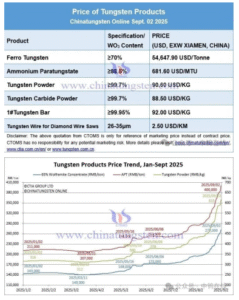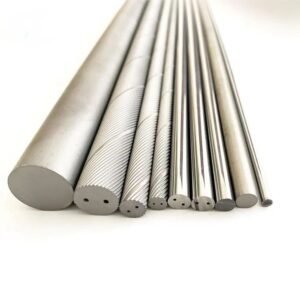Introduction
Tool holders are crucial components in the machining process, ensuring the secure and precise attachment of cutting tools to the machine. The right tool holder not only enhances machining accuracy but also improves efficiency, tool life, and the overall quality of the end product. This guide aims to explore the various factors that influence the selection of tool holders and their impact on machining performance.
The Importance of Choosing the Right Tool Holder
Selecting the appropriate tool holder for a specific machining application can significantly impact both the efficiency and accuracy of the process. Tool holders maintain the cutting tool’s stability, ensuring that it is securely mounted during operation. When combined with the right cutting tool, tool holders help achieve optimal performance by reducing vibrations and maximizing cutting forces.
Factors to Consider When Selecting Tool Holders
- Compatibility with Cutting Tools: Tool holders must be compatible with the cutting tools they are designed to hold. It’s crucial to choose tool holders that fit the tool shanks and offer a secure, tight grip to prevent tool slippage during machining.
- Rigidity: The rigidity of the tool holder directly affects the stability of the cutting tool during operation. A rigid holder minimizes tool deflection and vibrations, improving the precision and surface finish of the machined part.
- Tool Holding Mechanism: There are various mechanisms available, including collet, hydraulic, and shrink-fit tool holders. Each mechanism offers different levels of clamping force and ease of tool change, so it's essential to choose one that best suits the machining needs.
- Material: Tool holders are typically made from high-strength steel or other durable materials. The material chosen should provide the right balance of strength and flexibility to withstand the forces generated during cutting operations.
Types of Tool Holders
- Collet Tool Holders: These holders use a collet to grip the tool tightly. They are versatile and suitable for a wide range of applications, especially for smaller cutting tools.
- Hydraulic Tool Holders: These holders provide excellent concentricity and damping characteristics. They are often used in high-speed machining operations where vibration control is crucial.
- Shrink-Fit Tool Holders: Shrink-fit holders use heat to expand the holder and allow the tool to be inserted. Once cooled, they provide a very tight grip, ensuring tool stability in high-precision applications.
Benefits of Choosing the Right Tool Holder
- Increased Precision: A stable, rigid tool holder ensures accurate tool positioning, which is critical for high-precision applications.
- Improved Surface Finish: With reduced vibrations and deflections, the machining process delivers better surface finishes and more consistent results.
- Extended Tool Life: By providing a secure grip and minimizing tool deflection, the right tool holder reduces tool wear, leading to longer tool life and fewer tool changes.
Conclusion
Selecting the right tool holder is vital for improving machining efficiency and accuracy. By considering factors such as compatibility, rigidity, material, and tool holding mechanism, manufacturers can enhance the performance of their cutting tools and achieve higher-quality results in their machining processes.





